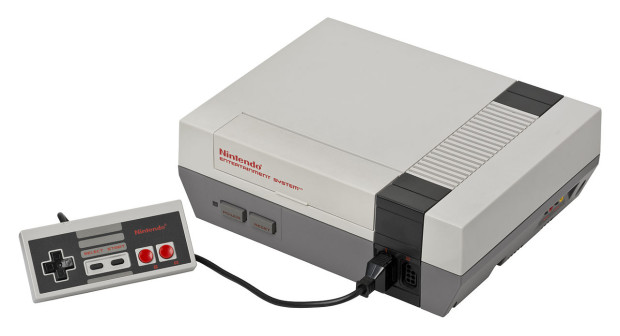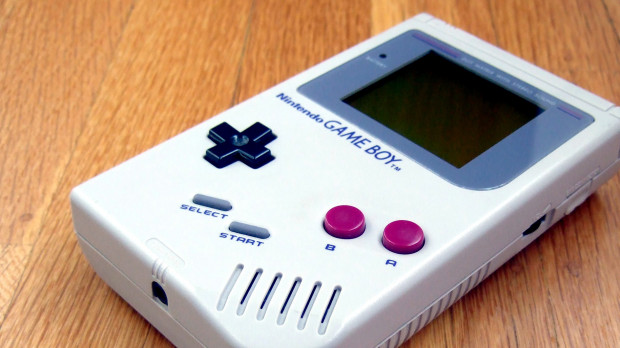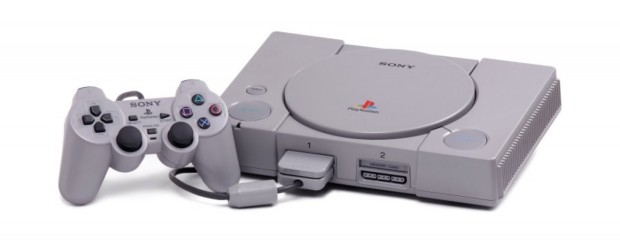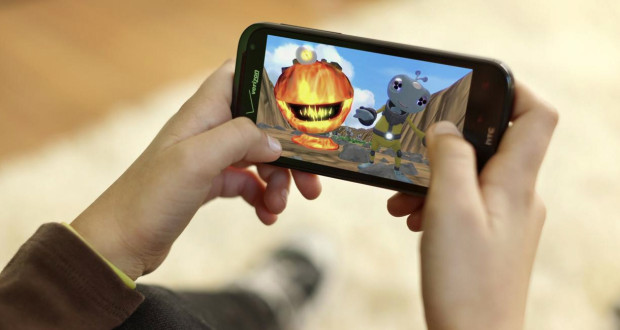There was once a time when Nintendo ruled the gaming roost. Aside from putting out a slew of iconic titles, including the ever-popular Super Mario, Nintendo has pushed the industry’s hardware boundaries.
When the Nintendo Entertainment System (NES) went live in 1983 it brought new levels of colour, interaction and opportunities to game developers and fans. Although the 8-bit graphical hard drive is significantly less powerful than even the worst smartphone on the market today, the NES was a revolution at the time and sparked a gaming war that would eventually lead to today’s gaming marvels. In fact, such was the popularity of 8-bit gaming that it’s now been recreated by companies such as AwesomeBlade and its game, 8BitBoy.
The Former King of Gaming
Although there is now a debate as to whether Nintendo is leading the gaming world as it once did (most experts would now say no), there’s no doubt that in the Eighties and Nineties it was king. In fact, thanks to an intense rivalry with SEGA, Nintendo was able to create a number of gaming firsts.
Following the release of the NES, Nintendo moved to release the Super Nintendo (SNES) in 1990. With double the graphical capabilities of the NES, the Super Nintendo helped bring more life to characters such as Mario.
Naturally, alongside the NES and Super Nintendo, SEGA was on hand to offer an alternative in the form of the Master System and the Mega Drive (also known as the Genesis). However, despite the success of SEGA’s offerings, Nintendo always seemed to have the edge among the general public. Mario was a bit more iconic than Sonic and the Super Nintendo always felt a lot more advanced that the Mega Drive. In fact, during the early Nineties, the SNES sold in excess of 49 million units while the Mega Drive racked up just over 29 million units.
Nintendo Defines Mobile Gaming
Helping bolster the SNES during the Nineties was the first handheld gaming device: the Game Boy. Although today’s mobile gaming platforms (such as mobile casino products offered by companies of the likes of PokerStars or addictive mobile games along the same lines as Angry Birds) have far surpassed this product, this was the first time a gaming company had decided to offer gaming on the go. After releasing the original product in 1989, Nintendo sought to augment the 8-bit system with an adapter called the Super Game Boy and then the Game Boy Colour in 1998.
As ever, Sega’s Game Gear was always at Game Boy’s side but couldn’t quite steal the mobile gaming crown. In fact, neither could any other offerings such as the Atari Lynx or the TurboExpress. Through this trident of products, Nintendo was the official ruler of gaming in the Eighties and early Nineties. However, by the time Sony joined the gaming race, things changed dramatically.
Gaming Goes Mainstream
Although Nintendo had been successful in capturing the hearts of hard core gamers, the company had struggled to achieve true mainstream recognition. Yes, a slew of casual gamers were tuned into the Nintendo brand, but it wasn’t until Sony released its first PlayStation product in 1994 that the industry was taken to a new level. Using its immense marketing power, Sony was able to make the PlayStation a truly mainstream product (although suggestions are that Sony will fade like Nintendo in the wake of VR).
For the company itself this inspired sales in excess of 100 million (the first gaming product to breach this barrier). However, for gaming at large, it was a turning point. With more processing power, better graphics and more involved games (through the 3D structure), PlayStation was a huge hit and showed the way gaming was about to go. Instead of cartoon-style characters, the PlayStation’s 16.4 million colours and 32bit RISC chip processor meant games started to look more realistic.
Grand Turismo was the console’s bestselling game, thanks in part to its realism, and this eventually allowed PlayStation to launch the second incarnation of the product in 2000. Offering more processing power than its predecessor, the PlayStation 2 outsold the original console by 55 million units and further confirmed that gaming had gone mainstream. Unfortunately, during this time Nintendo had fallen by the wayside. A lack of innovations and a string of mediocre games left the company lagging behind Sony and then Microsoft after it launched the Xbox in 2001.
Flashes of Innovation Can’t Help Nintendo
Although Nintendo did attempt to push the boundaries once again with the Wii (a motion controlled console), the initial popularity of the product was low. Another foray into the mobile gaming world also followed in 2004 with the release of the Nintendo DS. Again, this console was popular, yet it wasn’t enough to re-establish Nintendo as the leading operator in the industry.
However, as it had done in previous years, the company did become the inspiration for the next generation. While Nintendo’s home gaming consoles were superseded by the PlayStation and Xbox, the company’s common controls and gaming environments were used as the basis for the next generation. Moreover, Nintendo’s decision to make gaming a mobile activity was also an inspiration to the next generation of developer.
Gaming on the Go
Indeed, today you’ll now find a slew of companies offering all manner of games in a portable form:
Angry Birds by Rovio Entertainment: One of the original mobile gaming hits, Angry Birds first went on sale in December 2009 and by October the following year an impressive 10 million downloads had been recorded. A simple strategy game where players have to fire birds and knock down obstacles, the product has since achieved more than 2 billion downloads and become a generational icon.
Mobile Casinos: Also picking up on the possibilities of the mobile gaming example started by Nintendo’s Game Boy is the virtual casino industry. A relative newcomer to the gaming world, online casino operators have taken their popular products and turned them into mobile apps. Today, when you install apps such as the PokerStars mobile app, you’ll find a collection of familiar games in both digital and live (real dealers shown on webcams) form.
Mobile VR: The latest innovation in the mobile gaming world is the push into virtual reality. Thanks to companies such as Samsung, people will soon be able to use their Android or iOS device to create a virtual world. In fact, when you trawl back through the annals of gaming, Samsung’s Gear VR could be the pinnacle of Nintendo’s influence.
Utilising Oculus technology, the Gear VR is able to turn the Samsung Galaxy Note 4, S6 or S6 Edge into a virtual reality unit. Although not as impressive as dedicated units, this product contains gaming elements (like the NES), portability (like the Game Boy) and motion control (like the Wii) and is being hailed as the next generation of gaming.
Nintendo the Origin of a Royal Bloodline
There’s no doubt that virtual reality is the next battleground in gaming. Although recent releases such as Solarix are realistic looking first-person shooters, they don’t feel quite real enough given the advances in VR.
Indeed, there are already elements of reality in the industry thanks to live dealer casino games and biofeedback games like Nevermind. However, from 2016 onwards it’s going to be all about VR headsets. Although Nintendo doesn’t have a horse in the race, it does have a hand in every pie.
Thanks to the company’s work over the years it’s hard not to see the influence of Nintendo in all the latest innovations. Perhaps not direct influences, but it’s certainly possible to say that today’s gaming kings are at the top of a royal bloodline that flows all the way back to Nintendo.



